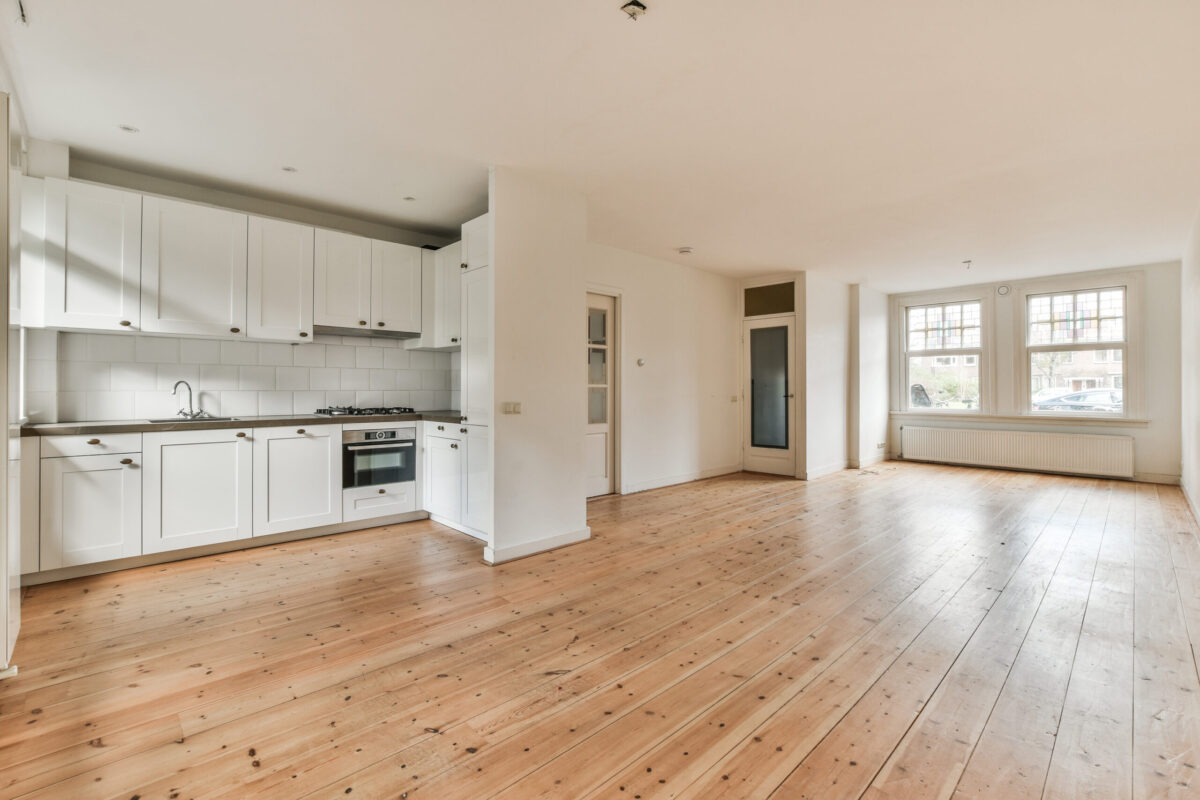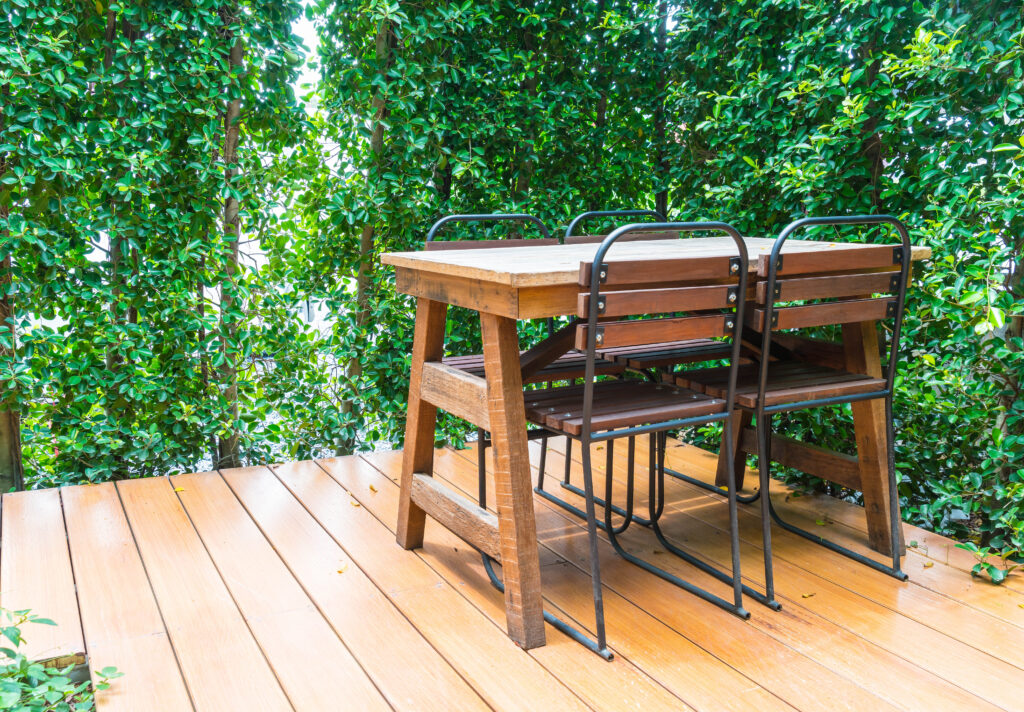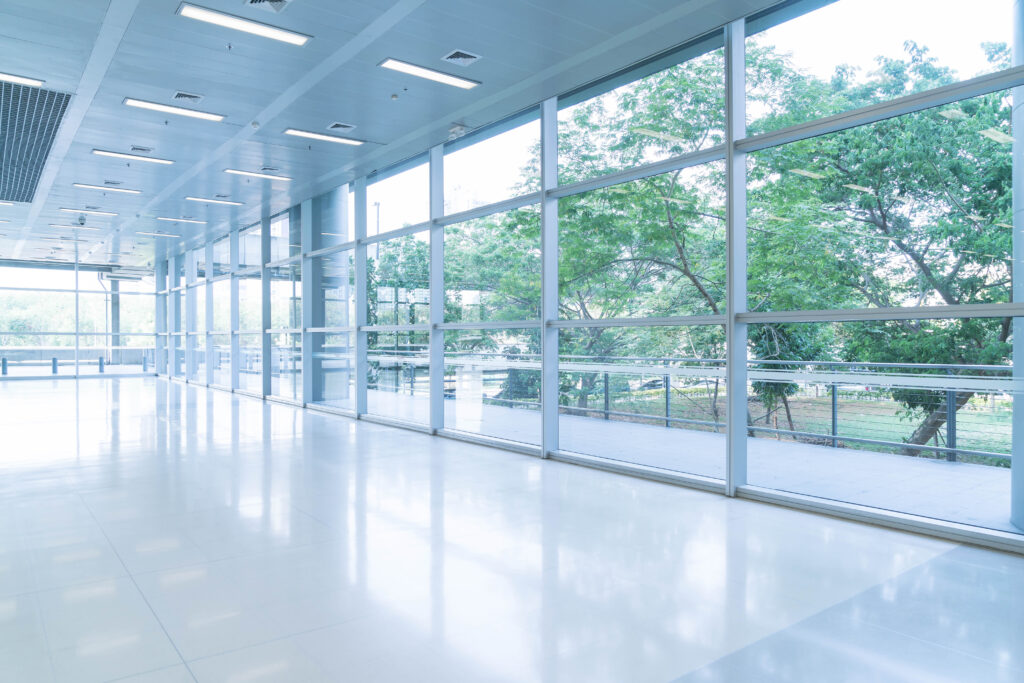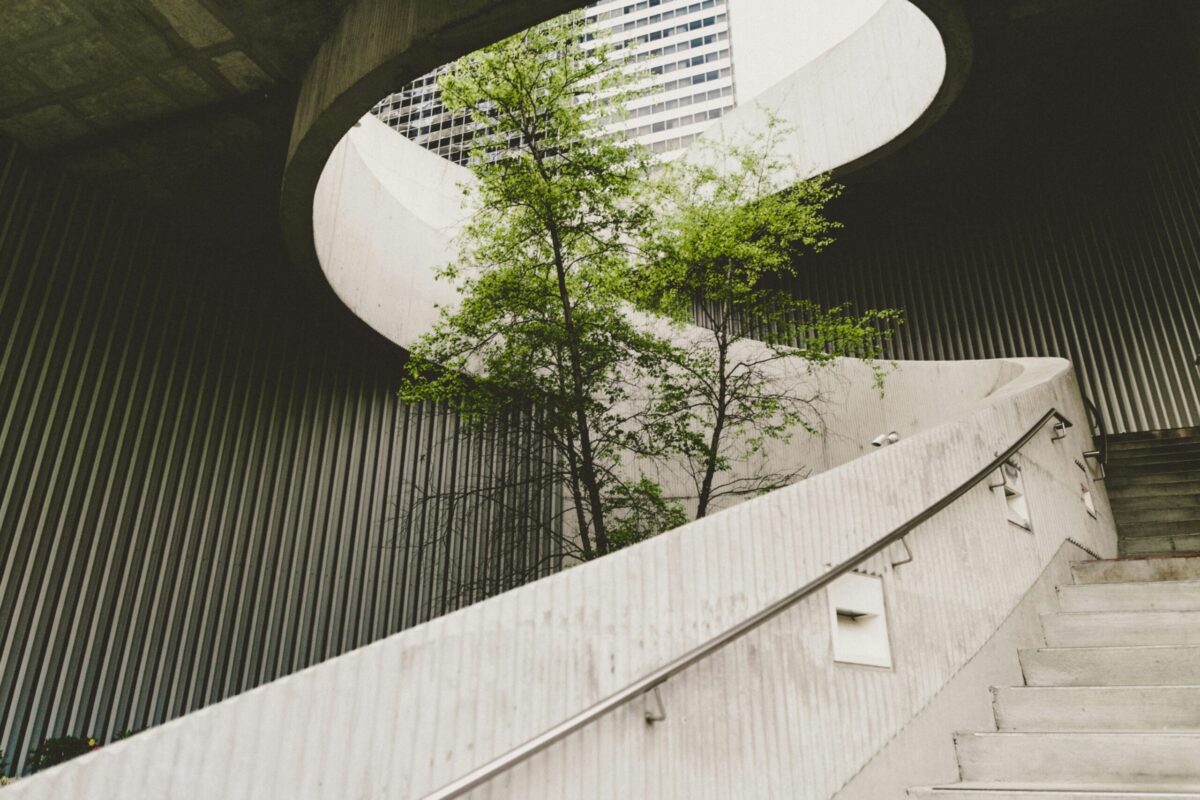There’s an uncomfortable truth looming over our industry: construction projects can have a negative impact on the environment. From land and air pollution to clear cutting forests, it’s an undeniable fact that our actions affect this planet we call home.
It’s also undeniable that people need places to live. At PDI Drywall, our main priority is to provide the growing population with quality buildings to call home. But, we’re also committed to the earth’s well-being for future generations.
Our solution? We’ve turned to sustainable construction materials to help minimize our environmental footprint. The good news is, we’re not alone. Across the construction industry, businesses are embracing eco-friendly building materials and green building practices to counteract their impact.
In this post, we cover four noteworthy sustainable construction materials. At PDI, we prioritize green building practices, despite the elevated cost for our business (#2 on the list is a PDI favorite). We aim to raise awareness and influence other companies to follow suit. Whether you’re a seasoned construction professional or a homeowner embarking on a renovation journey, these innovative materials deserve a spot on your radar.
1. SIPs (Structural Insulated Panels)
SIPS panels aren’t exactly new. In fact, they’ve been around since the 1950s. But, their recent surge in popularity in the building community has them labeled as the ‘next big thing’ in construction (1). So, what exactly are SIPs, and what makes them so special?
SIPs, or Structural Insulated Panels, are pre-manufactured panels used in construction for building walls, roofs, and floors. They’re made of two outer layers of rigid material, typically oriented strand board (OSB), and an insulating foam core. The panels are fitted together on-site to create a building’s structural framework. SIPs effectively replace the traditional framing and insulating processes.
The adoption of SIPs presents several distinct advantages over conventional construction methods:
- Quick Installation: SIPs are factory-made and arrive at the job site ready for installation. They speed up construction timelines, leading to substantial time and labor savings.
- Reduced Material Waste: SIPs are manufactured with precision, resulting in a lot less job site waste compared to traditional framing. In fact, SIPs can reduce waste by up to 30%. That means less building materials in our landfills.
- Enhanced Energy Efficiency: In response to the growing green movement, energy codes are evolving within the construction industry. SIPs help companies meet these increasing demands, offering 40-60% greater energy efficiency (2).

2. Vinyl Corner Bead
Vinyl corner beads have earned a top spot on our list of favorite building materials at PDI Drywall. Despite the extra cost, we use them on every project we complete.
What exactly is a corner bead? It’s a building material used to reinforce and protect the corners of walls and ceilings. It’s made of two strips of plastic or metal joined at a precise 90-degree angle. The corner bead fits snugly over the juncture where two sheets of drywall meet. Its dual role is both protective and transformative, ensuring impeccably straight edges at every corner.
Much like other sustainable construction materials, vinyl corner beads come with multiple advantages:
- Enhanced Durability: Vinyl corner beads outshine their metal counterparts in terms of durability and flexibility. If a vinyl corner bead is dented or damaged, it can be easily repaired with drywall mud. On the other hand, if a metal corner bead is damaged, it must be ripped out and replaced. This not only leads to long-term cost savings but also minimizes waste.
- Recycled Materials: Our choice of vinyl corner beads embraces green building practices by using recycled plastics that would have otherwise ended up in landfills. The process involves reusing discarded plastic scraps, grinding them down, and giving them a new life as an eco-friendly building material. Plus, any excess scraps created during manufacturing are also recycled, resulting in a truly sustainable construction material (3).

3. Composite Decking
Composite decking is quickly gaining popularity as a versatile outdoor flooring option. These deck boards are made to look like real wood while harnessing the combined strength of wood and plastic.
While the initial cost may be higher, the numerous advantages of composite decking translate into substantial long-term savings. Plus, many companies focus on sustainability when manufacturing this eco-friendly building material. Some advantages include:
- Eco-Friendly Materials: Composite wood is made from a blend of reclaimed wood and recycled plastic. Depending on the manufacturer, these boards typically boast an impressive 80-95% recycled content. Many composite wood companies use waste like grocery bags, old vinyl siding, and construction waste in their manufacturing. By doing so, they divert plastic waste away from our landfills that is notoriously difficult to recycle (4).
- Enhanced Durability: Composite wood is more durable than traditional wood decking, often boasting a lifespan of 25-30 years. It stands firm against mold, rot, staining, fading and warping. This helps reduce the need for more wood, protecting our forests from excessive deforestation (5).
- Minimal Maintenance: With composite wood, the need for regular staining, sealing, or painting becomes a thing of the past. This not only keeps harmful chemicals out of the soil and water supply but also simplifies maintenance, making it an eco-conscious choice.

4. Smart Glass
Smart glass, often referred to as switchable or dynamic glass, is the most high tech eco-friendly building material on our list. Unlike traditional windows, smart glass can change its opacity or transparency at the flick of a switch or in response to environmental factors like sunlight or heat.
Smart glass windows are made by placing a special film in between two layers of glass, which can transition between opaque and transparent states. As the CEO of View, a leading smart glass window company aptly puts it: “Someday, every glass window will be built this way (6).”
Despite the large initial investment, the long-term benefits are striking:
- Energy Efficient: Smart windows excel in energy efficiency. They dynamically adjust their opacity to regulate the amount of sunlight and heat entering a building, reducing the need for air conditioning during hot periods. Smart windows dramatically reduce expensive energy usage to heat and cool buildings (6).
- Optimized Natural Lighting: Smart windows maximize the use of natural lighting during the day, lowering the reliance on artificial lighting. As a result, buildings end up using significantly less electricity, saving money and reducing their carbon footprint.
- Enhanced Well-being: Smart windows reduce the need for window blinds, promoting exposure to natural light. This, in turn, helps regulate employees’ circadian rhythms, promoting better moods and elevated productivity.
Embracing Green Building Practices: Benefits for Your Bottom Line and the Planet
As you navigate the complexities of the construction industry, consider the adoption of sustainable construction materials as a means to reduce your environmental impact. Green building practices play a pivotal role by minimizing pollution, conserving natural resources, and promoting recycling.
In most cases, sustainable construction materials outshine their conventional counterparts in terms of durability and design. While they may demand a greater upfront investment, their long-term benefits become increasingly evident.
By prioritizing eco-friendly approaches, you do more than contribute to a healthier planet. You also enjoy long-term cost savings, an enhanced reputation, and a competitive edge in an increasingly environmentally conscious market. Ultimately, green building practices are not just a choice; they are a wise investment in our future.
References
- https://diceconsult.co.uk/journal/the-pros-and-cons-of-building-with-sips
- https://sips.premierbuildingsystems.com/sips-sustainability#:~:text=SIPs%20structures%20are%2040%2D60,resistance%20and%20minimal%20air%20infiltration.
- https://www.trim-tex.com/blog/vinyl-corner-beads-sustainability
- https://www.decks.com/how-to/articles/eco-friendly-composite-wood-decking-options
- https://www.timbertech.com/about/sustainability/
- https://blog.mipimworld.com/innovation/smart-glass-visually-appealing-way-integrate-sustainable-development/
Photos:
- Alexander Abero www.unsplash.com
- https://www.freepik.com/free-photo/modern-kitchen-interior-bright-colors_31023435.htm
- https://www.freepik.com/free-photo/empty-wood-chair_1272913.htm
- https://www.freepik.com/free-photo/blurred-abstract-background-interior-view-looking-out-to- ward-empty-office-lobby-entrance-doors-glass-curtain-wall-with-frame_1254646.htm


Write a Comment